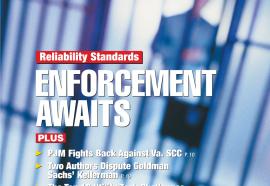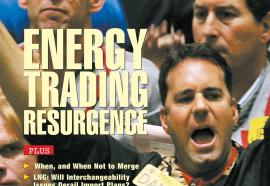Return On Equity: Regulators Trust, but Verify
Some recent utility rate proceedings cast doubt on new ROE models and “risk adders.”
(November 2006) Our annual return on equity (ROE) survey broadly shows a continuing decline in the level of debate over issues specific to restructuring of the electric market. It also reveals a subtle shift back to investor requirements and overall business risks faced by regulated companies.











